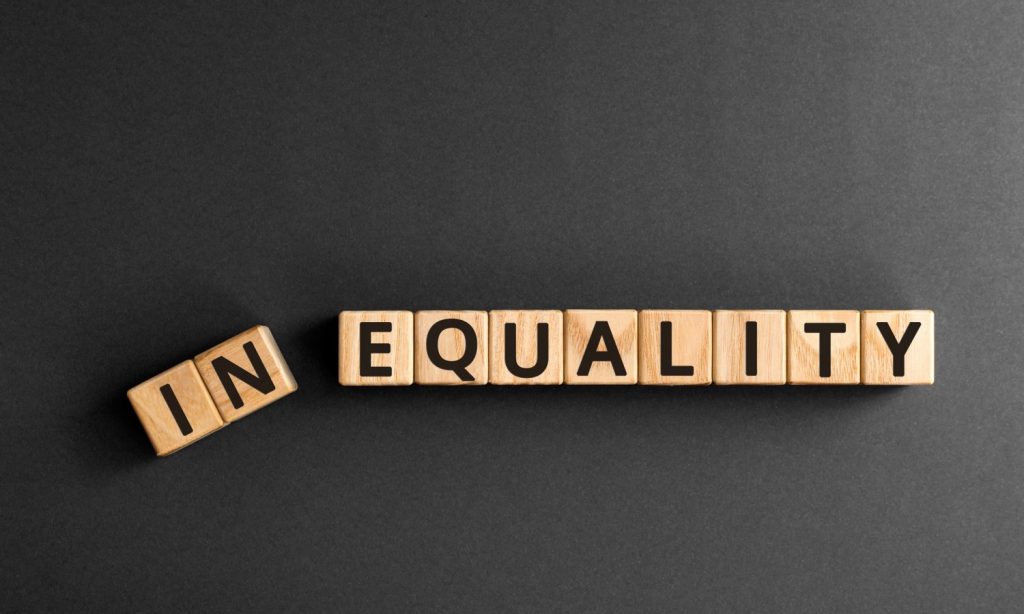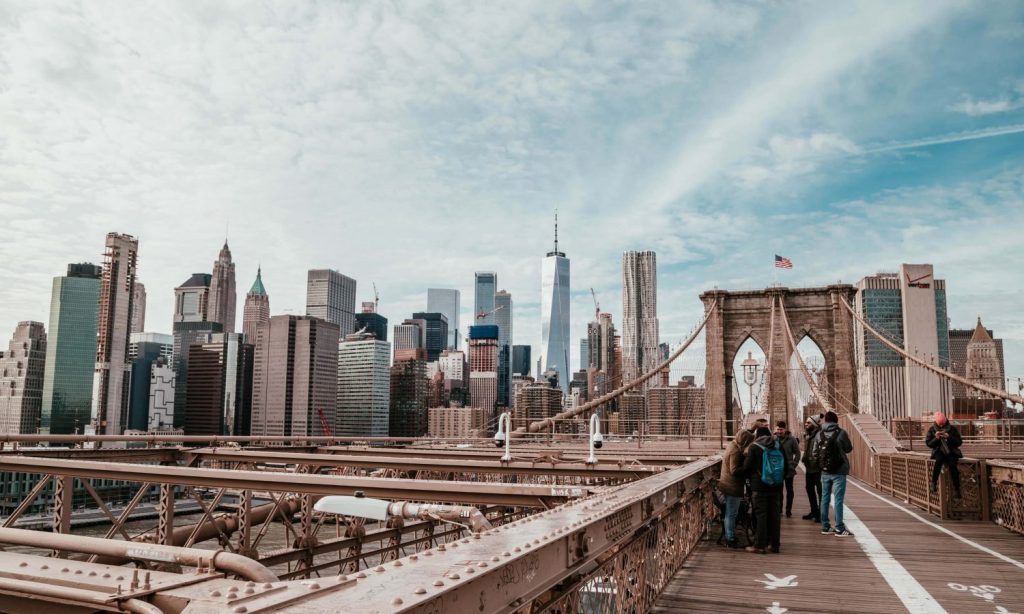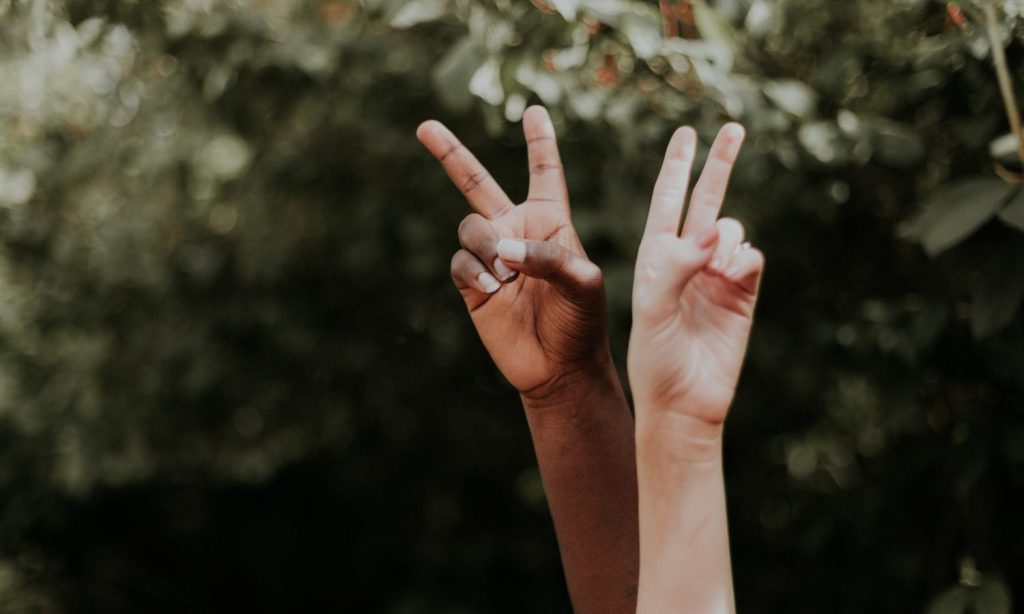As many states are doing, New York fully embraced the concept of social and economic equity by setting a target goal of 50% of licenses issued to social and economic equity applicants.
After years of fits and starts, New York finally legalized adult-use cannabis and expanded its previously restrictive medical cannabis program. As the nation’s third largest economy and fourth most populous state, New York has the opportunity to set the gold standard for state cannabis industries.
New York’s Marijuana Regulation and Taxation Act (“MRTA”) establishes industry governing bodies — the Cannabis Control Board (“CCB”) and the Office of Cannabis Management (“OCM”), creates license types across the commercial cannabis activity spectrum, sets up a social and economic equity plan, and allocates a significant portion of tax revenue from cannabis sales to social and economic equity programs.

An important political catalyst for the New York legislature’s passage of the MRTA was the expectation that tax revenue generated from cannabis sales will reduce the state’s significant budget deficit and repair of some of the economic damage caused by COVID. Another political objective was correcting social and economic injustices caused by decades of inequitable enforcement of marijuana laws.
Commercially, the MRTA aims to prevent anti-competitive behavior among licensees, creating adult-use licenses for cultivators, processors, cooperatives, distributors, retail dispensaries, microbusinesses, deliveries, cultivation nurseries, and on-site consumption. Industry rules and regulations will be created and implemented by the CCB and OCM, including those related to the number of licenses issued per license type and by geographic area.
Notwithstanding the CCB’s expansive authority to regulate the industry, the MRTA expressly prohibits adult-use vertically integrated operators and generally prevents ownership of multiple licenses. The legislature’s motivation for prohibiting vertical integration is woven into the language of the MRTA: to provide industry newcomers — especially social and economic equity applicants — a better chance to thrive, while also preventing monopolies.
RELATED: Why Social Equity Matters For Cannabis, And What States Are Doing About It
The decision to ban vertical adult-use integration for most license types is a hindrance to large, multi-state operators — especially when New York’s medical cannabis businesses are already vertically integrated. However, prohibiting vertical integration likely will encourage regulatory violations involving hidden ownership of cannabis businesses, which has been an issue in other cannabis-legal states with similar prohibitions.

A middle ground solution would have been to limit the number of licenses for vertically integrated businesses without banning such operations entirely. Permitting a mix of vertically integrated operators and “single-purpose” licensees maximizes tax revenue while balancing the MRTA’s stated goal of preventing anti-competitive behavior.
As many states are doing, New York fully embraced the concept of social and economic equity under the MRTA, most notably by setting a target goal of 50% of licenses issued to social and economic equity applicants. The definition of such applicants is necessarily inclusive: those most impacted by the “war on drugs,” low-income individuals, individuals with cannabis-related convictions, minority- and women-owned businesses, “distressed farmers,” and disabled veterans.
The MRTA goes beyond just targeting a percentage of allocated social and economic equity licensees by mandating incubator and financial assistance programs to be administered by the OCM and the Urban Development Corporation. Though many cannabis-legal states account for social equity, state regulations tend not to assist social equity applicants with the know-how and financial support necessary to succeed in the cut-throat world of cannabis production and distribution.
RELATED: Women And Minorities Push To Maintain Presence In Cannabis Industry
The CCB and OCM will need to clarify critical components of the MRTA’s provisions benefiting social and economic equity applicants. For example, the MRTA provides that one component of evaluating applicants will be that “the applicant possesses or has the right to sufficient land, buildings, and equipment to properly carry on the activity described in the application or has a plan to do so if qualifying as a social and economic equity applicant.” On its face, including the “plan” alternative creates a needed exception to the requirement that applicants must secure a physical location before submitting their license application.
The MRTA’s retail license requirements prohibit issuing a license “for any premises, unless the applicant shall be the owner thereof, or shall be able to demonstrate possession of the premises within thirty days of final approval of the license through a lease, management agreement, or other agreement giving the applicant control over the premises, in writing, for a term not less than the license period.”

For a real estate market as expensive and competitive as New York (particularly New York City), buying or leasing retail space before a license is approved will likely be a difficult requirement for social and economic equity applicants to meet. The CCB should confirm whether the “plan” exception applies to retail social and economic equity license applicants.
Beyond the MRTA’s express provisions, the CCB will be able to use geographically targeted licenses to help the neighborhoods and communities most impacted by the pandemic.
RELATED: Is The Cannabis Industry Racist?
The MRTA empowers the CCB to regulate and oversee New York’s cannabis industry by giving the CCB “sole discretion to limit, or not limit, the number of registrations, licenses and permits of each class to be issued within the state or any political subdivision thereof[.]” Implicit in the MRTA’s mandate is that the CCB create requirements that prioritize economically disadvantaged areas. In the shadow of the COVID pandemic and New York’s significant budget deficit, the CCB should include the neighborhoods and communities most negatively affected by the COVID pandemic in its social and economic equity mandate.
One effective course of action would be to ensure that a sufficient number of licenses (specifically retail dispensary and on-site consumption licenses) are allocated to economically distressed areas. Both residential and commercial areas will be livened by increased foot traffic from locals and tourists, and neighboring businesses will likely see increased patronage.
The MRTA is forecasted to accelerate economic recovery by generating approximately $3.5 billion a year in revenue, while also helping to mitigate social and economic wrongs. New York will soon become a leader in the cannabis industry.
Editor’s Note: This post was originally published on Law360 on April 5, 2021.
Simon Malinowski is an attorney at Harris Bricken. This story was originally published on the Canna Law Blog and reposted with permission.


